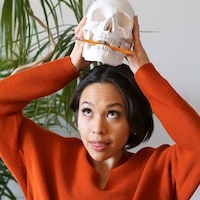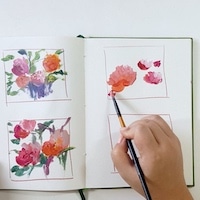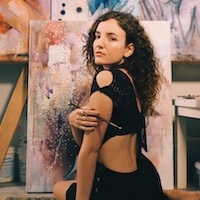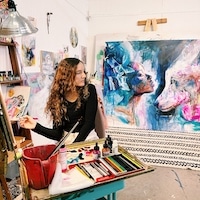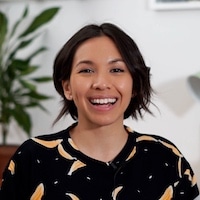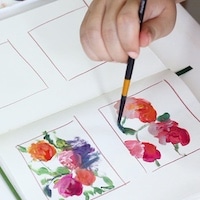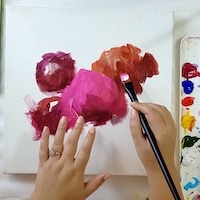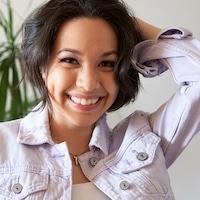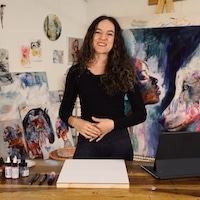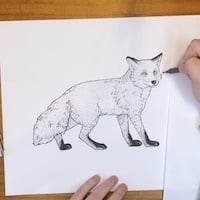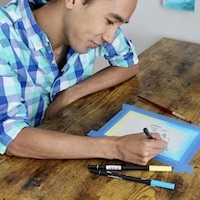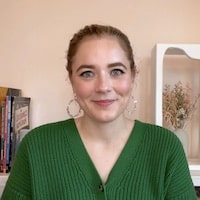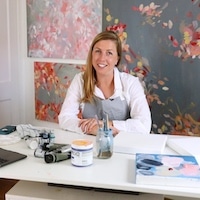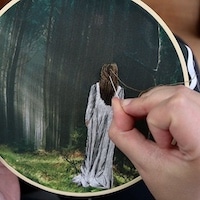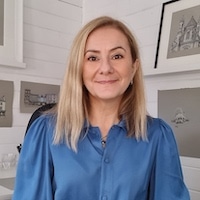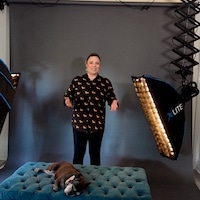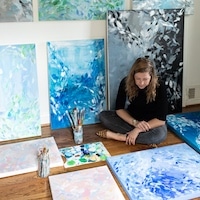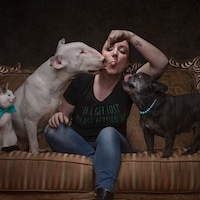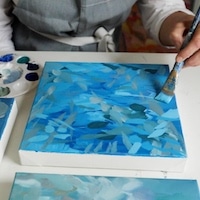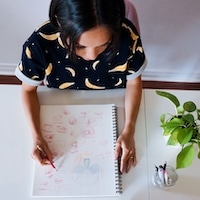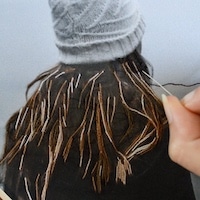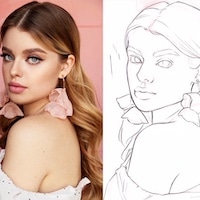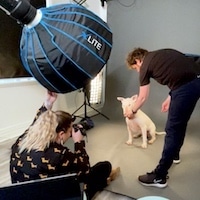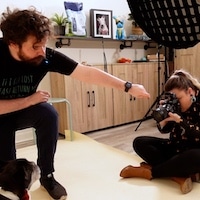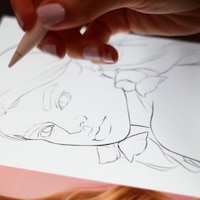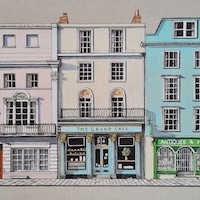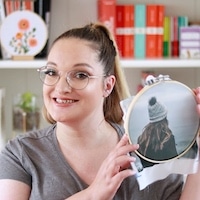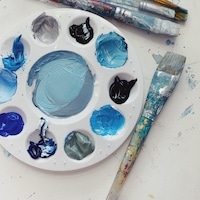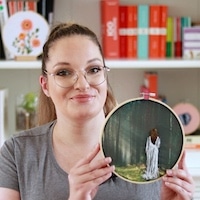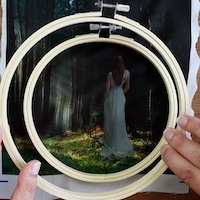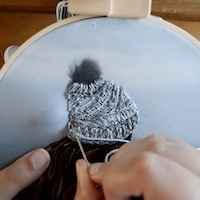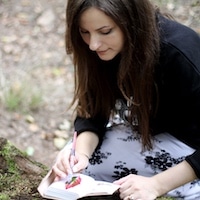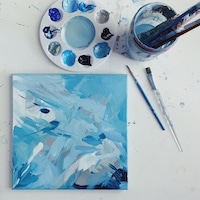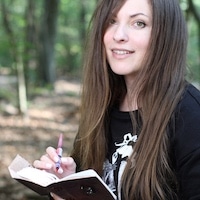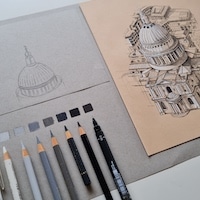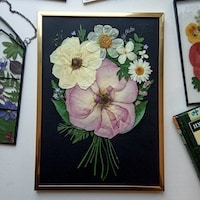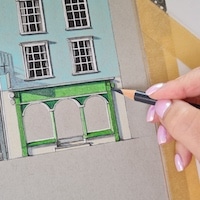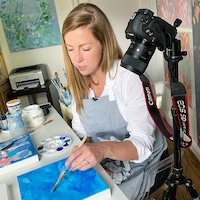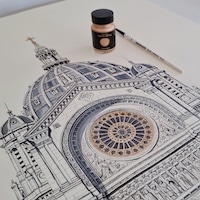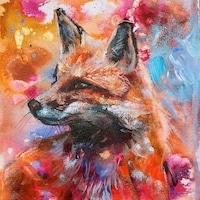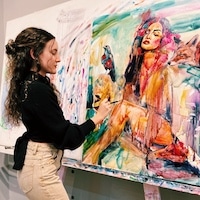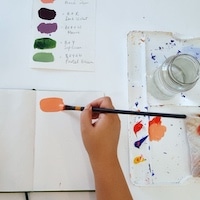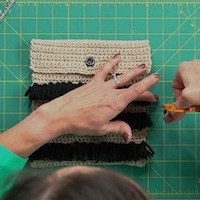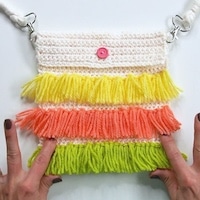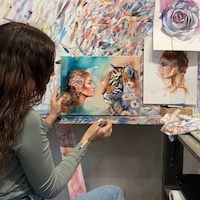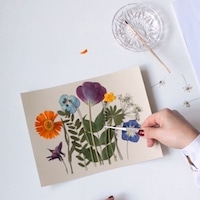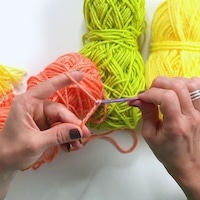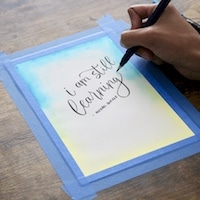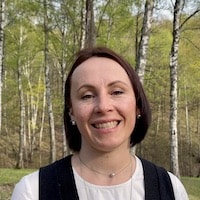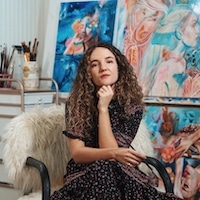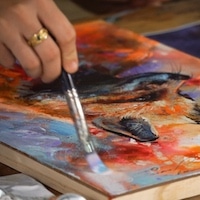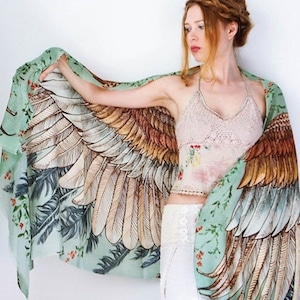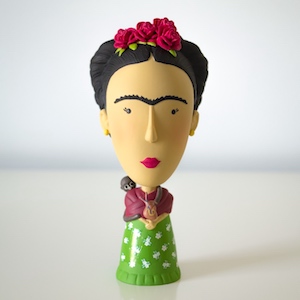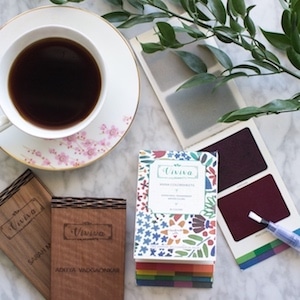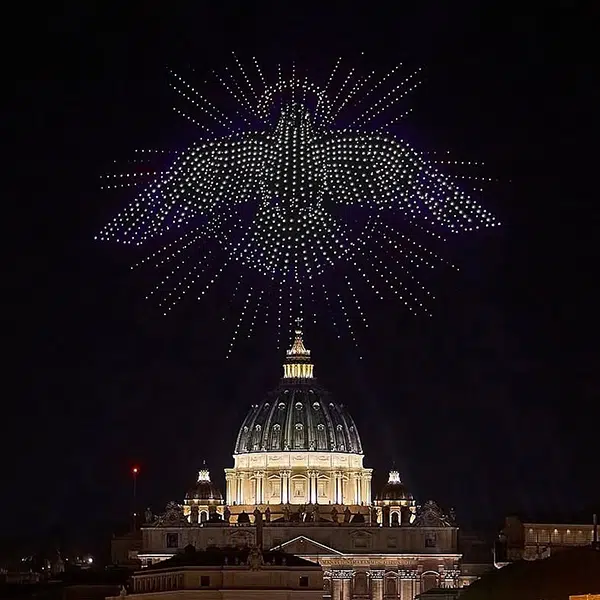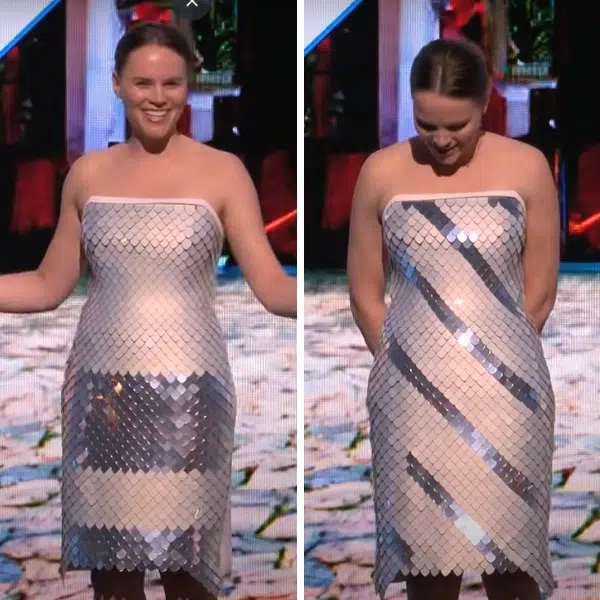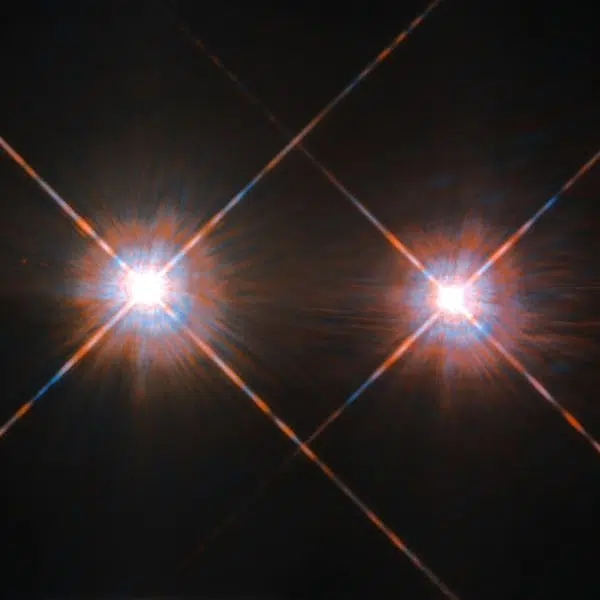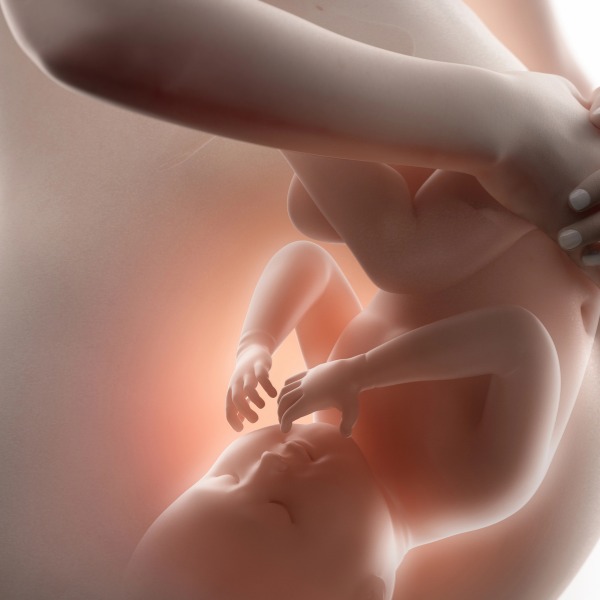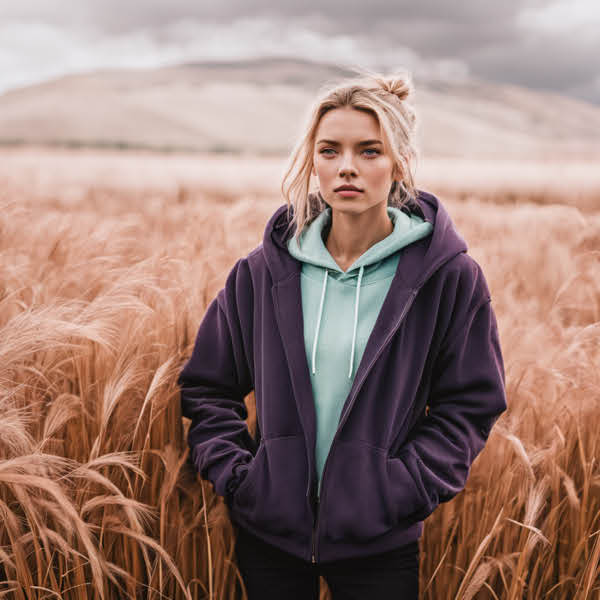
Midjourney image created using Alphonse Mucha as a prompt
Generative AI has enabled anyone to create artwork they’ve only dreamt about in their head. With one prompt, someone can conjure fantastical scenes rich in incredible detail in a variety of aesthetic styles. However, to achieve this, they must provide the AI with an idea of what that looks like, often accompanied by an artist’s name or style. Some names and styles are replicated more than others. Video creation platform Kapwing mined Midjourney, one of the most popular generative AI image tools, to find out who is at the “top of the prompts.”
Kapwing began by building a list of keywords spanning eight categories of prompt styles (such as artist names) and subjects (such as movie franchises). The company then recorded the number of AI video and image prompts containing these keywords on the Midjourney Discord.
What Kapwing found is that Czech artist Alphonse Mucha, whose work encapsulates the Art Nouveau style, is the most-prompted artist; his name appeared in 230,794 Midjourney prompts. It’s nearly twice as much as the next artist on the list, Rembrandt. As for movie directors, Wes Anderson’s retro style and unique color palettes have made him the most-prompted director with 92,378 requests, followed by Tim Burton. Zaha Hadid, the queen of the curve, tops the list of most AI-prompted architects with 63,103 mentions. Frank Lloyd Wright trails behind her at 13,361 requests.
There’s the adage that “just because you can doesn’t mean that you should,” and many people believe that this applies to generative AI creating likenesses of artists’ styles. From a creative perspective, these artists, such as Wes Anderson, have cultivated their aesthetic through countless hours of ideation and experimentation. Anderson has clearly put thought behind everything that goes on the movie screen. One could argue that the ability of anyone to generate a look-alike image cheapens the hard work that goes into creative practice. And, it is done so often without consent or compensation.
Beyond the murky ethical concerns is an issue of copyright. In spring 2025, for instance, the internet was flooded with “Ghiblified” images that mimic the charm of Studio Ghibli’s iconic animation style. It sparked so much controversy that Japanese lawmakers are considering making that kind of content illegal, citing possible copyright violations. There are many other similar cases in progress throughout the United States.
Scroll down to see more artists, architects, and movies that people are prompting in Midjourney. Read the entire case study on Kapwing’s blog.
Video creation platform Kapwing mined Midjourney, one of the most popular generative AI image tools, to find out which artists and styles are at the “top of the prompts.”

Image credit: Kapwing
These are the top prompted artists, architects, movies, television shows, video games, and cities that people use when generating AI art.

Image credit: Kapwing

Image credit: Kapwing
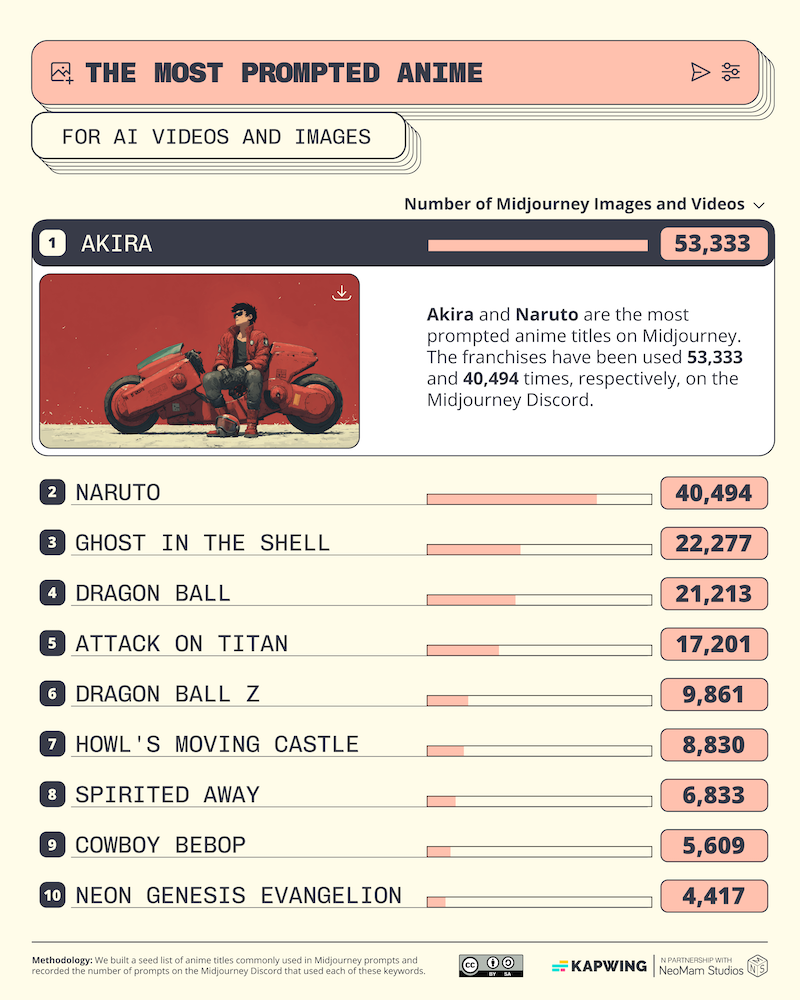
Image credit: Kapwing

Image credit: Kapwing

Image credit: Kapwing

Image credit: Kapwing
Source: The Most-Used Prompts For AI Videos and Images
Related Articles:
Denmark Seeks To Combat AI-Generated Deepfakes Through Ambitious Copyright Laws
New Tool Defends Artists by “Poisoning” AI Image Generators
Getty Images Releases Commercially Safe AI Image Generator Based on Its Own Media Library

